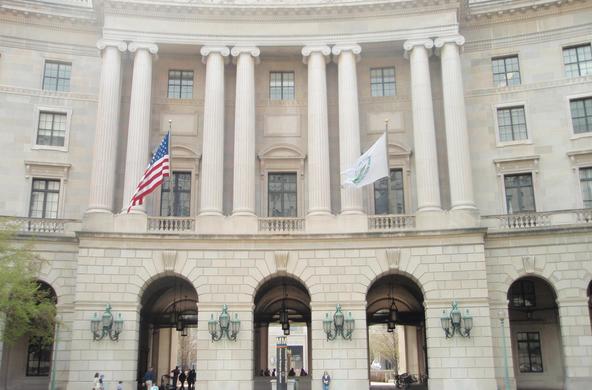One of the worst proposals by the Trump Administration is to roll back some protections of the Clean Water Act for surface waters. This comes at a time when the future quality and quantity of fresh water for human use is uncertain.
In the western U.S., there is growing demand to restore the flow of waters for fishes and other wildlife. The proposed rollbacks contradict the conclusions of the Scientific Advisory Board (SAB) of the Environmental Protection Agency, and its “Connectivity Report” of 2015.
Administration operatives within the Environmental Protection Agency seem to overlook the basic observation—going back to Biblical times and reinforced by Newton’s observations of gravity—that water flows downhill to the sea. What enters the smallest streams, what environmental scientists call “first order” streams that have no tributaries, passes to larger streams and rivers that are navigable and thus fully covered by the Clean Water Act. But following Newton’s law, these small freshwater ecosystems have “connectivity.”—what enters at the headwaters inevitably makes its way downstream. Ephemeral and intermittent streams comprise more than 2/3 of all streams in the lower 48 United States. Eliminating protection for first order and seasonal (ephemeral) streams means that anything that might be dumped in the headwaters of major rivers would be exempt from pollution laws. Does this make sense?
Protection would also be eliminated for wetlands and water bodies with no permanent connections to navigable waters, including the floodplains of rivers and seasonal ponds. Floodplains are important areas where pollutants are filtered and eliminated from flowing waters, albeit only when they flood. Seasonal ponds, also known as vernal pools, are also important areas of wildlife habitat, groundwater recharge, and denitrification—habitats where soil bacteria can remove or “denitrify” nitrate and convert it to nitrogen gas (N2) that fills 78% of our atmosphere.
These roll-backs are motivated by real estate developers, who want to have the fewest restrictions on how lands are managed. The mining industry is also lobbying for fewer restrictions, since mine tailings are often drained by first-order streams that would become free of regulations. While farmers have always enjoyed some freedom regarding the waters draining their fields, the elimination of the Clean Water Rule by the proposed changes, would make it nearly impossible to regulate the increasing flow of nitrate and phosphate into the Great Lakes from agricultural sources.
Importantly, once lost or polluted, headwater streams, floodplain habitats and seasonal ponds are likely gone forever. The environmental degradation promoted would last far beyond the Trump Administration. No doubt, environmental organizations, like NRDC and the Southern Environmental Law Center (SELC) can bog this proposal down in court, but the real, lasting solution is certainly more obvious.
References
Capps, K.A., R. Rancatti, N. Tomczyk, T.B. Parr, A.J.K. Calhoun, and M. Hunter. 2014. Biogeochemical hotspots in forested landscapes: The role of vernal pools in denitrification and organic matter processing. Ecosystems 17: 1455-1468.
Leopold, L.B., M.G. Wolman and J.P. Miller. 1964. Fluvial Processes in Geomorphology. W.H. Freeman, San Francisco.
Mazeika, S., P. Sullivan, M.C. Rains, and A.D. Rodewalt. 2019. Opinion: the proposed change to the definition of “waters of the United States flouts sound science. Proceedings of the National Academy of Sciences 116: 11558-11561.






